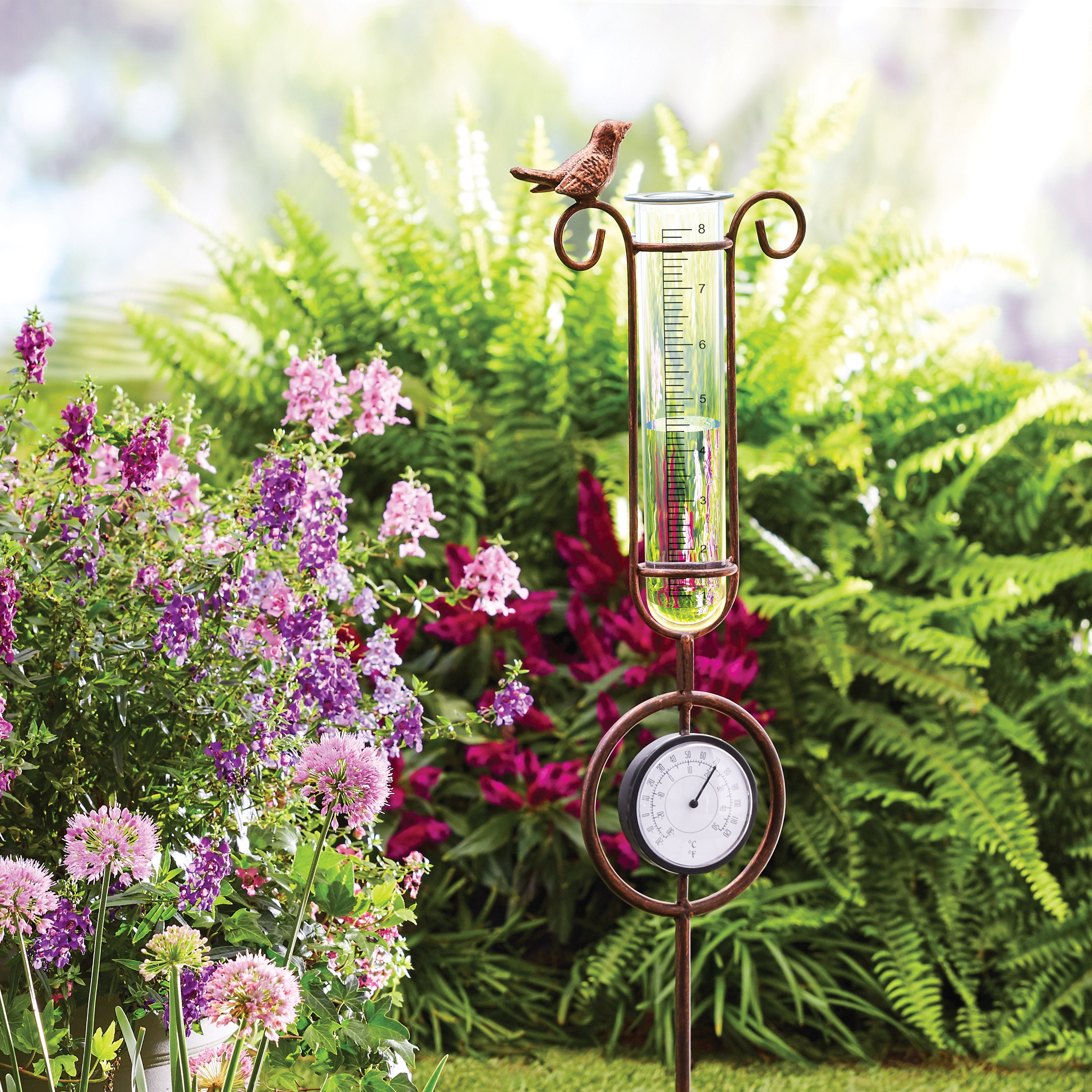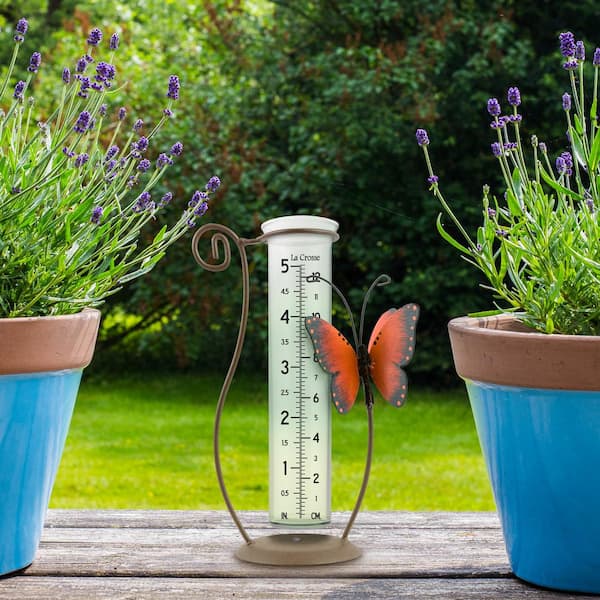The Rain Gauge: Crucial Info and Best Practices for Weather Condition Fanatics
The Rain Gauge: Crucial Info and Best Practices for Weather Condition Fanatics
Blog Article
Just How to Choose the Right Rain Gauge for Accurate Rain Data
Precise rainfall information is essential for numerous markets and activities, such as water, weather forecasting, and farming resource administration. To acquire trusted dimensions, it is essential to pick the best rainfall scale. This guide aims to provide valuable insights right into the selection procedure, permitting you to make educated decisions. Considering factors such as location, kind, and precision of the rain gauge will assist ensure precise information collection. Furthermore, comprehending the upkeep and calibration procedures will add to the long life and dependability of your rainfall gauge. By following these standards, you can make sure exact rains data, enabling far better decision-making and preparation for different applications.
Importance of Picking the Right Rainfall Scale
The significance of selecting the best rain gauge depends on getting trustworthy and specific rains information for exact meteorological analysis. Rainfall information is crucial for a large range of applications, including climate projecting, hydrological modeling, and climate research study. Unreliable or unreliable information can cause erroneous verdicts and flawed decision-making processes.

Second of all, the precision and accuracy of the rain scale are critical. The gauge must be able to determine rains with high precision, capturing even little quantities of precipitation precisely.
Moreover, the area and setup of the rainfall gauge are crucial factors to consider. It should be put in an open location, away from obstructions that can affect rains measurements. The scale must be positioned at an appropriate elevation and angle to avoid splashing and guarantee proper catchment of rainwater.
Aspects to Take Into Consideration When Choosing a Rainfall Gauge
When picking a rain gauge, there are several vital variables to think about. There are different types readily available, consisting of standard rainfall gauges, tipping bucket rain assesses, and considering rain determines.
An additional factor to take into consideration is the material of the rainfall scale. Rainfall determines can be made of numerous materials, such as glass, plastic, or metal. The product picked must be resilient and resistant to climate condition, ensuring that the rain scale will certainly hold up against the elements and provide precise measurements gradually.
Accuracy is additionally an essential element to think about. Look for rain evaluates that have been calibrated and checked for accuracy. Features such as anti-splash rings and funnels can likewise boost the accuracy of the dimensions.

Last but not least, take into consideration the climate and atmosphere in which the rain gauge will be made use of. Various rainfall evaluates appropriate for various environments, so it is necessary to choose one that is proper for the conditions in your area.
Various Kinds of Rain Evaluates Available
To additionally check out the aspects to think about when picking a rain gauge, it is important to understand the different kinds of rain gauges readily available. The most usual kind is the conventional rain gauge, likewise known as the round rainfall gauge.
One more kind of rainfall gauge is the tipping container rainfall scale. This gauge uses a seesaw-like mechanism to collect and gauge rainfall. As the rainfall comes under the scale, it fills up one side of the bucket, triggering it to tip and empty the water. The variety of tips is counted online to figure out the quantity of rainfall. Tipping bucket rainfall gauges are preferred for their precision and capability to determine rainfall intensity.
A third type of rain gauge is the evaluating rain scale. This scale uses a balance system to measure the weight of the collected rains. As the rainfall comes under the scale, it is accumulated in a container connected to an equilibrium. The weight of the water is determined, and the rains quantity is calculated based on the weight. Evaluating rainfall gauges are very exact however can be more pricey and need regular maintenance.
Lastly, there are also remote rainfall evaluates that usage advanced technology to determine rains (The Rain Gauge). These evaluates use sensing units and transmitters to send out information wirelessly to a main system. Remote rainfall evaluates are practical for keeping an eye on rainfall in hard-to-reach locations or for large-scale information collection
Exactly How to Figure out the Precision of a Rain Scale
One method her latest blog to assess the precision of a rainfall scale is by carrying out normal calibration measurements. Calibration involves comparing the readings of a rain gauge to a conventional measurement, such as a qualified rainfall scale or a climate terminal with high precision. By contrasting the measurements, any kind of inconsistencies or errors in the rainfall gauge can be determined and accounted for.
To carry out a calibration measurement, begin by collecting rainfall data from both the rain gauge and the standard dimension device over a particular period, such as a month. After that, compare the readings and compute the difference in between them. This difference is known as the calibration mistake.
It is very important to keep in mind that calibration dimensions need to be carried out regularly, as ecological elements, such as debris, temperature level, and wind, can impact the precision of the rainfall scale gradually. By conducting routine calibrations, any adjustments in the accuracy of the rainfall gauge can be discovered and adjustments can be made appropriately.
Along with calibration, it is also recommended to tidy and maintain the rainfall scale routinely to guarantee its accuracy. Eliminate any type of particles or obstructions that may impact the weblink precision of the dimensions, and look for any signs of damages or put on that may call for fixings or substitute.
Tips for Preserving and Adjusting Your Rain Gauge
Routine upkeep and calibration are critical for making sure the precision and dependability of your rain scale in gauging rainfall data (The Rain Gauge). By complying with a couple of easy tips, you can guarantee that your rain scale is correctly kept and adjusted
First of all, it is necessary to cleanse your rain gauge on a regular basis to stop any particles or dirt from blocking the rainfall collection system. Make use of a light cleaning agent and a soft brush to delicately cleanse the within and beyond the gauge. Wash it completely with tidy water and allow it to completely dry entirely before re-installing it.
Second of all, it is suggested to adjust your rain gauge at least annually. Calibration includes contrasting the measurements of your rain scale with those of a trusted and exact reference gauge. This will assist you identify and remedy any type of possible mistakes in your rainfall scale's dimensions.
To adjust your rain gauge, gather a known volume of water making use of a measuring container and compare it with the dimensions videotaped by your rainfall scale. Readjust the analyses as necessary to make certain precision.

Final Thought
In final thought, picking the right rain gauge is critical for acquiring accurate rainfall data. Factors such as function, area, and budget must be taken into consideration when selecting a rain gauge.
There are various kinds available, including standard rain assesses, tipping bucket rain assesses, and weighing rainfall determines.To additionally check out the factors to think about when selecting a rainfall scale, it is vital to recognize the different types of rainfall evaluates offered. The most usual type is the typical rainfall gauge, likewise understood as the round rain gauge.An additional kind of rain scale is the tipping container rain gauge. Calibration entails comparing the analyses of a rain gauge to a typical dimension, such as a certified rainfall scale or a visit homepage weather station with high precision.
Report this page